0 comments
How Milling Bur Wear Affects CAD/CAM Restoration Fit
Why Bur Wear Matters More Than You Think
CAD/CAM technology has completely changed how we approach restorative dentistry. Restorations can now be produced faster, with incredible accuracy and consistency, something that was hard to imagine just a couple of decades ago. But there’s one detail that often gets overlooked: the condition of your milling burs.
Even with the most advanced CAD/CAM milling unit, worn burs can quietly sabotage your results. They affect how well a restoration fits, the quality of the margins, and even the smoothness of the final surface. Over time, this wear can lead to larger marginal gaps, poor internal adaptation, and rougher finishes, putting the long-term success of your restorations at risk.
In this review, we’ll explore what current studies say about how and why milling burs wear out, what that means for restoration accuracy, and what you can do in your clinic to stay ahead of it. Whether you're milling lithium disilicate, zirconia, or hybrid ceramics, this is practical insight worth knowing.
How Milling Burs Wear Out?
Not all milling burs are created equal. Most systems use either diamond-coated burs or tungsten carbide burs, each available in a range of grit sizes and shapes depending on the material you're milling - whether it's lithium disilicate, zirconia, or hybrid ceramics.
But no matter the type, all burs wear out over time. The wear doesn’t just happen randomly - it’s usually a mix of mechanical abrasion, loss of diamond particles, heat buildup, and fatigue from repeated loading. The harder the material you're working with, the faster this process happens. Zirconia, for example, is especially tough on burs and tends to shorten their lifespan compared to softer ceramics or resin blocks.
Studies using Scanning Electron Microscopy (SEM) show how bur surfaces gradually break down: diamond particles disappear, tiny pits form, and the overall shape of the bur changes. All of this leads to reduced cutting ability and less precise milling results (Mangal et al., 2020; Ceylan et al., 2022).
Bur Lifespan and Restoration Fit
Research consistently shows that as burs wear down, the accuracy of your restorations starts to slip, especially at the margins and internal fit.
For examplestudies have found that after about 10-12 uses with the same set of burs, the marginal gap of lithium disilicate crowns can exceed what’s considered clinically acceptable (Mangal et al., 2020). And if you're milling zirconia, which is much harder, you might hit that point even faster, as early as 4 to 6 uses (Payaminia et al., 2021).
Historically, a marginal gap of under 120 µm was the gold standard, based on the classic work by McLean and von Fraunhofer. But today’s CAD/CAM systems regularly achieve much tighter tolerances, often between 50 and 100 µm, and that’s becoming the new benchmark for long-term success and minimal cement washout.
Internal fit takes a hit too when burs wear out. It’s not just about how the crown sits on the prep - worn burs affect the luting space, which can mess with your cementation and increase the risk of microleakage or de-bonding down the line. Some CAD/CAM software tries to compensate for tool wear, but digital adjustments can only go so far. If the tool is physically degraded, no algorithm can completely save the result (Liu et al., 2025; Johansson et al., 2023).
Surface Topography and Clinical Performance
When we think about bur wear, we usually focus on margins and fit. But what about surface topography?
As burs wear down, they start leaving behind rougher surfaces on your milled restorations, especially with tougher materials like zirconia.
Studies using SEM and profilometry show that as burs degrade, the surface becomes noticeably rougher (Silva et al., 2024). And that’s not just a cosmetic issue. Increased roughness can trap more plaque, make restorations more prone to wear and chipping, and even affect the shine and translucency, which is a big deal for anterior esthetics.
Interestingly, at least one study suggests that even with all these changes, fibroblast viability remains unaffected, meaning the material still appears biocompatible despite the rougher finish (Silva et al., 2024). That said, this is based on limited in vitro data, and we still need more research to really understand how this plays out long-term in patients.
Multivariate Factors Influencing Milling Outcome
Bur wear doesn’t happen in a vacuum. There are several moving parts (literally) that influence how quickly your milling burs wear down and how that wear affects your final restorations.
Let’s break it down:
-
Material hardness: Some materials are just tougher on burs. Zirconia, for example, is much more abrasive than lithium disilicate or PMMA, meaning your burs will wear out faster when you’re milling harder blocks (Payaminia et al., 2021).
-
Bur shape: The specific bur design can change how efficiently the tool cuts, and how long it lasts.
-
Milling parameters: Things like spindle speed, feed rate, coolant use, and your toolpath strategy play a big role. Poor parameter settings can dramatically accelerate bur wear and reduce your restoration quality (Ceylan et al., 2022).
-
Your CAD/CAM system: Not all systems are built the same. Some (like CEREC or Planmeca) have built-in compensation features, but even the smartest software can’t completely cancel out the effect of physical bur degradation (Johansson et al., 2023).
The takeaway? If you want predictable results, you can’t just rely on the bur or the block. You need to consider your entire workflow in order to minimize wear and maintain accuracy.
Clinical Guidelines: Surveillance and Intervention
To get consistently accurate restorations and extend the life of your milling burs, it’s essential to keep a close eye on tool condition and act proactively. Here are some evidence-backed tips to help you stay on top of bur wear:
-
Know when to replace your burs: Don't wait until burs wear off. Remember that abrasive materials are harder on your burs and require specially made tools (like zirconia milling burs) and/or a regular replacement to ensure quality restorations.
-
Inspect and document: Whenever possible, check your burs visually for signs of wear. Keeping careful records in your clinical and digital workflow not only helps with quality control but also builds a history that informs smarter maintenance decisions.
-
Adjust your workflow: Follow manufacturer guidelines closely, use proper coolant, and optimize milling parameters. These steps go a long way toward slowing down wear and maintaining restoration quality.
-
Balance cost and quality: It might feel expensive to swap burs early, but remember that it’s far cheaper to prevent remakes, avoid delays, and keep patient satisfaction high than to cut corners.
-
Embrace new tech: Some CAD/CAM systems now offer software tracking and wear indicators that alert you when burs need replacement. Keeping an eye on these emerging tools can make your bur management smarter and easier.
Conclusion and Takeaways
Even the best CAD/CAM milling unit is only as good as the condition of your burs. Tool wear may start small, but it significantly affects fit, function, and esthetics over time. Understanding bur degradation and actively managing tool replacement is essential for long-term clinical success.
-
Milling bur wear reduces precision and surface quality.
-
Track usage, inspect regularly, and replace burs before problems arise.
-
Optimize milling parameters and use burs matched to the material.
-
Proactive bur management leads to fewer remakes, better patient outcomes, and more efficient workflows.
- If you plan to work with third-party milling burs, choose a trusted brand like Eagle Dental Burs to ensure quality, accuracy, and longevity.
References
-
Liu X, Cameron AB, Haugli KH, Mougios AA, Heng NCK, Choi JJE. Influence of CAD/CAM diamond bur wear on the accuracy and surface roughness of dental ceramic restorations: A systematic review. J Mech Behav Biomed Mater. 2025;161:106813. doi:10.1016/j.jmbbm.2024.106813.
-
Mangal U, Suman R, et al. Influence of CAD/CAM diamond bur wear on marginal misfit of lithium disilicate ceramic crowns. Oper Dent. 2020;45(4):416–423.
-
Payaminia L, Moslemian N, Younespour S, et al. Evaluating the effect of repeated use of milling burs on surface roughness and adaptation of digitally fabricated ceramic veneers. Dent Mater J. 2021.
-
Silva AB, Oliveira MA, et al. Impact of CAD/CAM burs lifetime on surface properties of dental zirconia: Implications for biocompatibility of custom abutments. J Prosthodont. 2024;[Epub ahead of print].
-
Ceylan G, Emir F, Doğdu C, Demirel M, Özcan M. Effect of repeated millings on the surface integrity of diamond burs and roughness of different CAD/CAM materials. Clin Oral Investig. 2022;26(8):5325-5337. doi:10.1007/s00784-022-04500-2.
-
Johansson K, et al. The effect of two different milling instrument sets on CAD proposed crown fit: An in vitro study. J Osseointegration.
 Duties are now included in the product price
Duties are now included in the product price



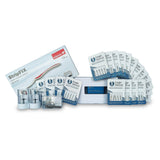

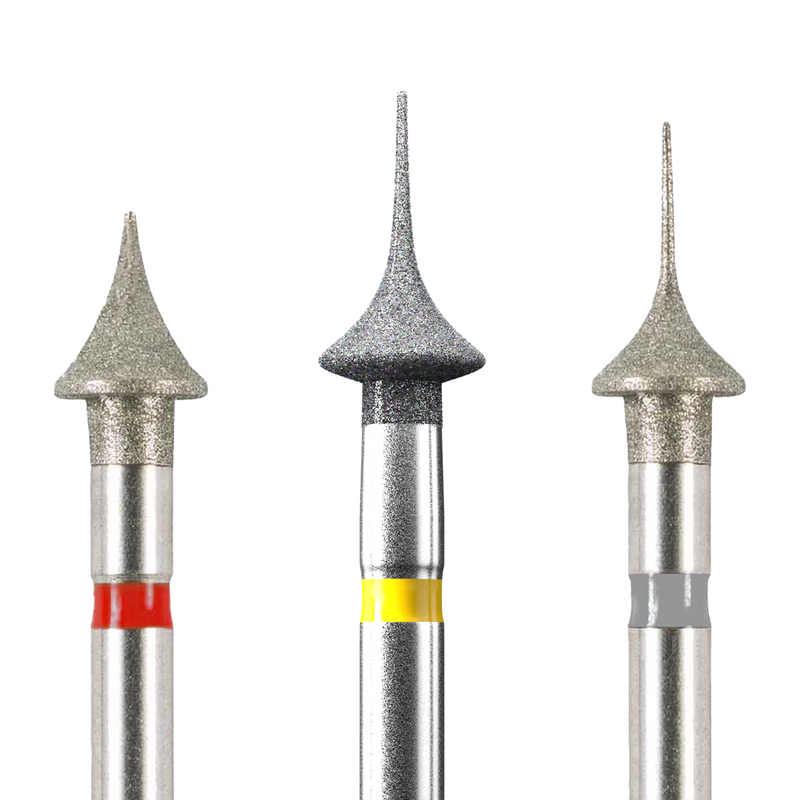



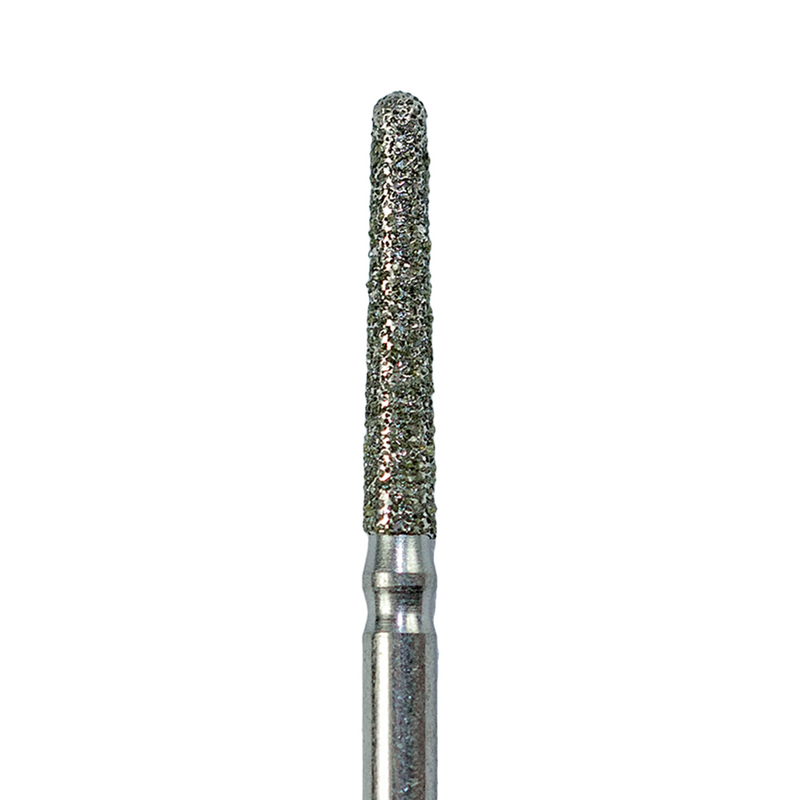
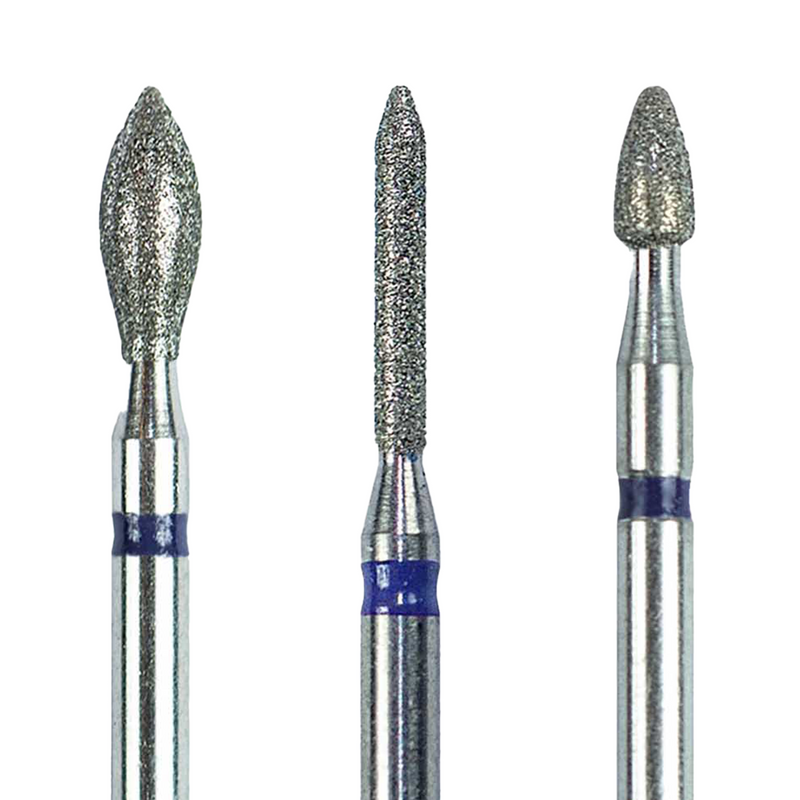

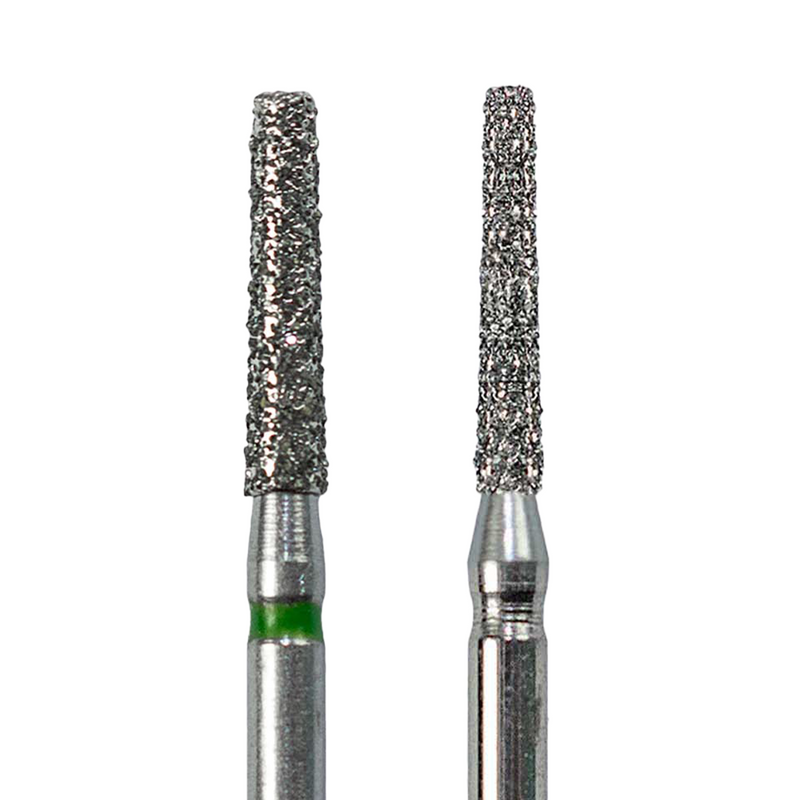
0 comments